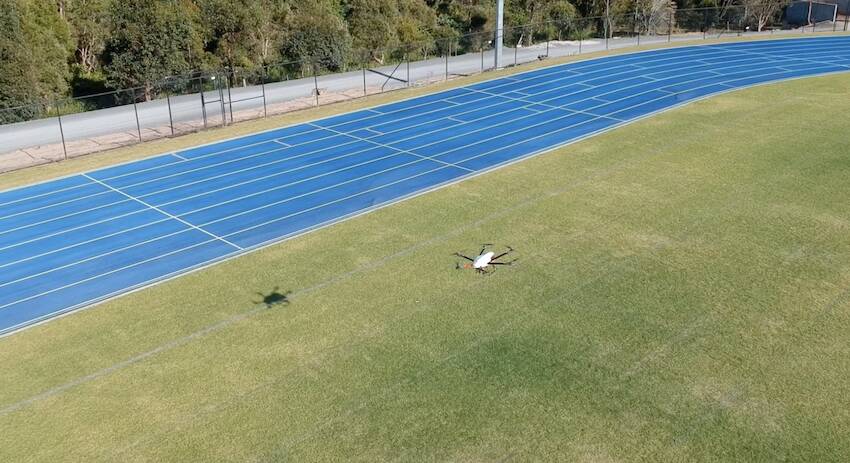
SHELDON College students have created a drone with the potential to save lives by using technologies like GPS and video transmitters to deliver medical equipment to remote locations.
During Term 3, the school's Rapid Prototyping lab was filled with students, parents and experts who worked together to manufacture, engineer and code the remote-controlled drone with the purpose of delivering an EpiPen.
Year 11 student and team member Joshua Pinti said the drone could drop an emergency medical payload to remote locations like the outback, in cases where emergency service workers may not able to get to the location in time.
"Theoretically this technology could be outfitted to carry different payloads of a similar size such as food and water, various other medical supplies and even the possibility for commercial use such as fast food delivery," he said.
Students used flight mapping and GPS systems as well as technology that allowed the drone to transmit video up to five kilometres away so the package could be deployed accurately.
Joshua said his passion for electronics, robotics and programming had led him to join the team.
"When I saw an opportunity to make an automated drone, I was excited to say the least and wanted to contribute to the project," he said.
"I learnt that communication is very important. Often ideas weren't communicated and the drone's systems became very difficult to add additional automated systems to.
"This actually has helped in planning of the new drone where the automated capability is built into the flight control system."
Design students successfully dispatched their aircraft and the EpiPen during a test flight, managed by one student who had become a fully-licenced drone pilot through the school.
Among the group were team leaders Jye Halliwell and Dean Vuilleumier, pilot Kristopher Toombs, secondary pilot Riley Hoekwater and aircraft technicians Thomas Kelly and Thomas Loewenich.

